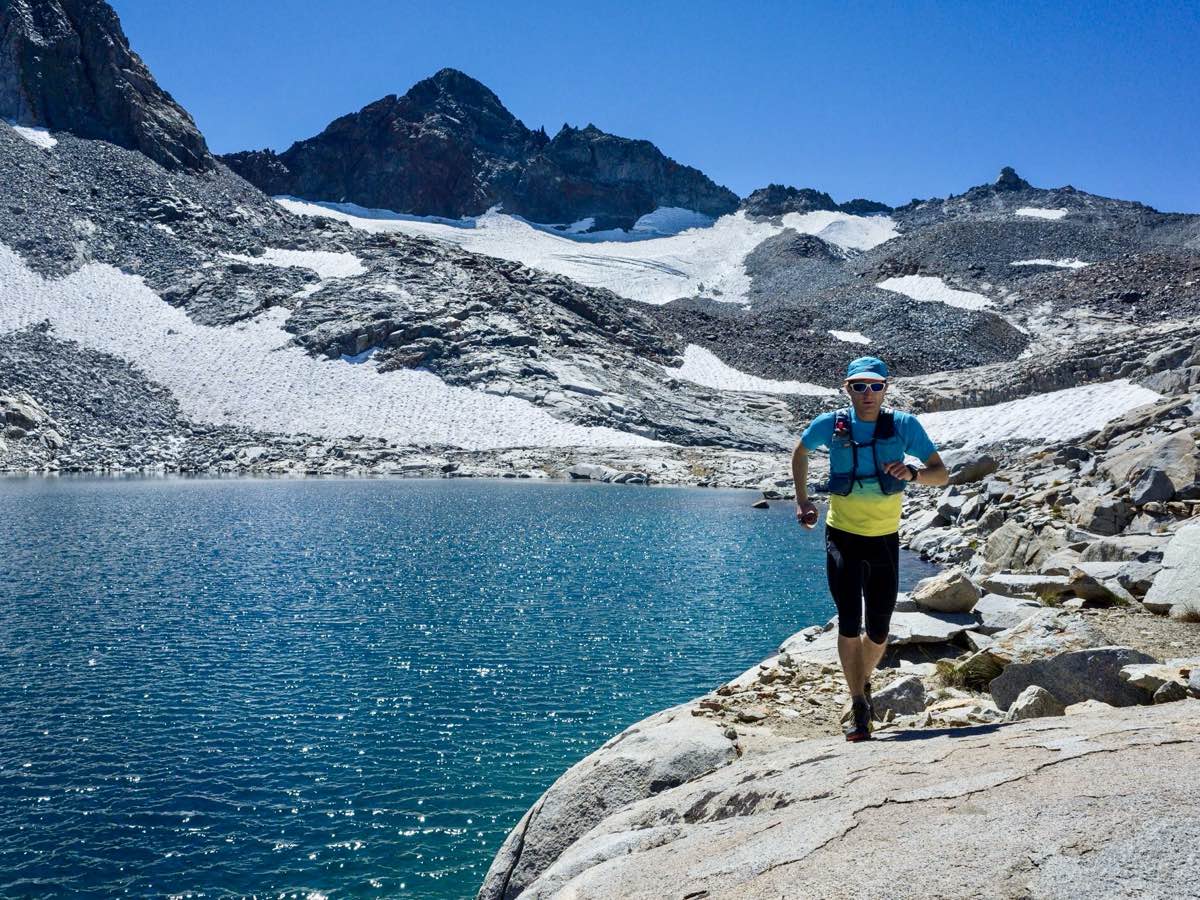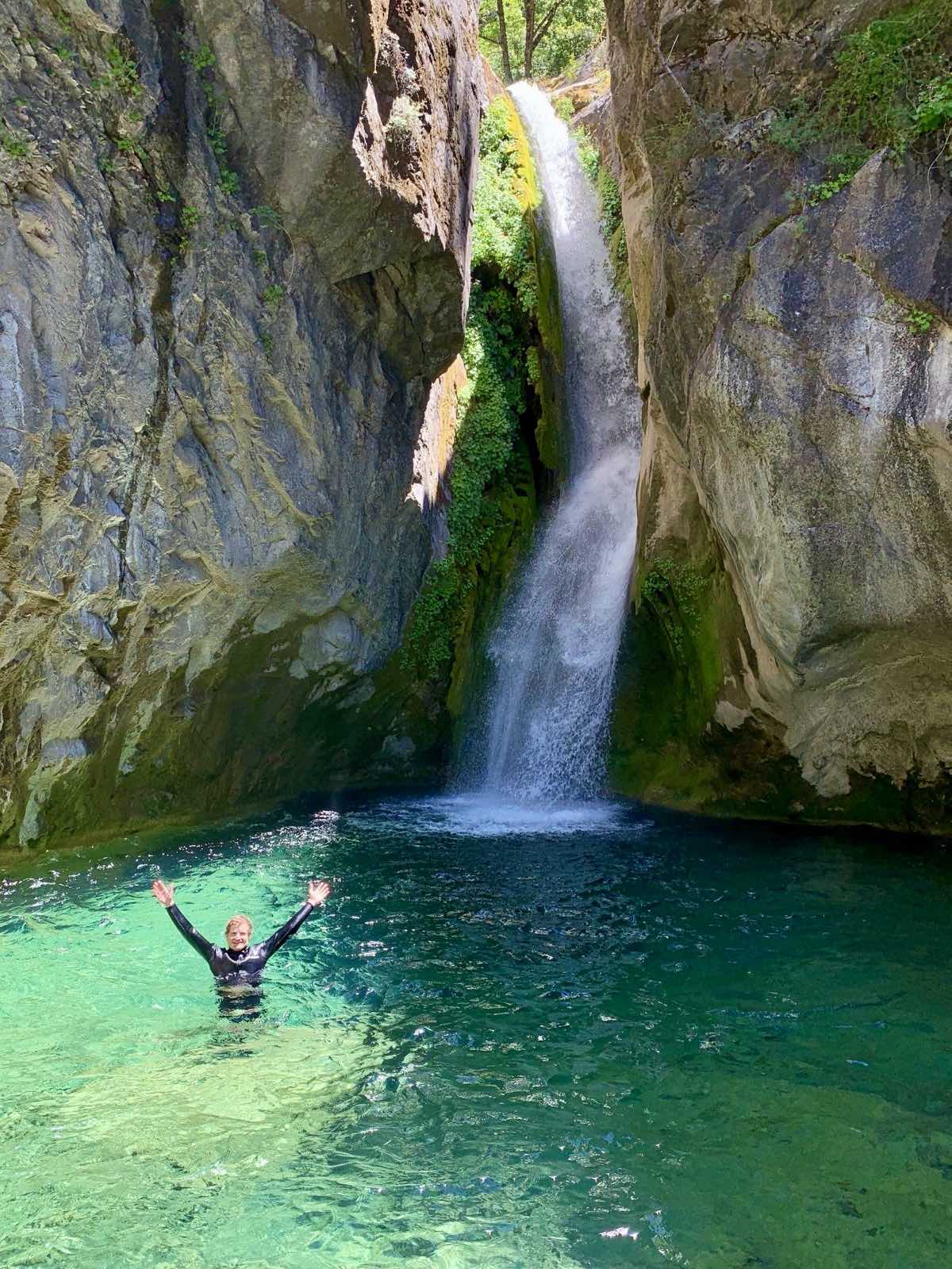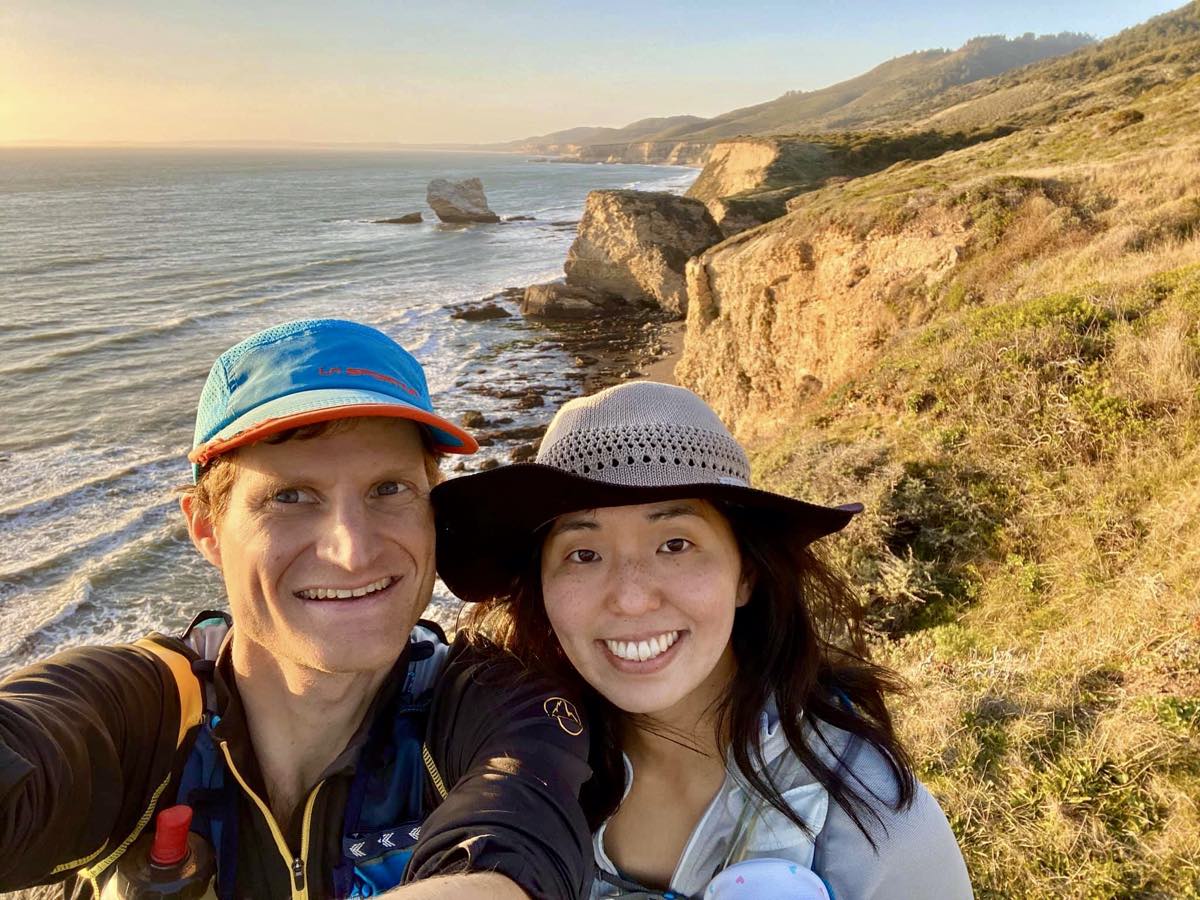“Lunch break, is it really a lunch break when you’re working from home?” Leor Pantilat questioned. Work days easily get extended when your desk is right there, as it is for Pantilat at home in San Carlos, California. The 36 year old is corporate counsel for Robert Half International, a giant staffing company. “For many years I wanted to get out of a law firm, and now I’m in-house counsel. I focus on the international subsidiary, mostly the European operations. It’s a $5 billion company, so there’s a lot of legal work, and I do some SEC [the Securities and Exchange Commission government agency] compliance work too.”
Pantilat was a star in trail running in the late aughts, racing often in the San Francisco Bay Area and once running a win streak to 22 races. In 2012 when The North Face Endurance Challenge 50 Mile Championships was rerouted onto a looped course because of weather, Pantilat decided not to race. And that conviction–to seek out inspiring places, and not arbitrary courses–is stronger today than ever. “A lot of races started to feel like the same thing, and that wasn’t driving my running. Mountain adventures were. And then it was FKTs [fastest known times] for a while, but not even that now. Just following my heart, I wanted to be in the mountains, wild and rugged. I was never a huge ultramarathon, social community person. It was just an outlet to trails for me. I’m older too, so just not as fast. I’ve been running since junior high, 20 years. I can still go fast, but it takes longer to recover.”
He starts to speak with more conviction and we warm up. “I’m not into the commercial aspect [of racing] either. Social media makes that extra clear, there’s just so much self promotion. It’s too much to me. That’s not in the spirit of the land that these races are run on. I’m not attracted to that. I want to be in nature with no one around.” Pantilat is a heavy user of social media though, and explains this potential contradiction. “It’s really a nice catalog of my favorite places. I’m careful to not reveal locations. When you geotag a place in Colorado or California, everyone wants that Instagram photo and it’s overrun with waste, trash, and social trails. And then soon there’s permits and rules. I don’t really like that, but sometimes there’s no other choice. I’m very careful about how I post, and I revisit my activity periodically. I struggle with it, but it’s a nice way for me to look back. Social media has done harm to nature, and I don’t want to contribute to destroying it.”
Pantilat is completely passionate about nature, and California in particular. “It is fantastic,” he said of his home base. “There’s county, state, and federal land, a tremendous network of trails–redwoods, oaks, grassland. California’s accessible year round, and the trails here [near San Carlos] are much less used than elsewhere. The wilderness feels close to home.” A decade ago, when Pantilat and I last spoke, I recalled that he was especially passionate about California. I press, and he wavers on that somewhat. “I have enjoyed 15 years here, exploring the Sierra [Nevada], the Ventana Wilderness, but I am worried about climate change, in particular in California. There’s drought, massive fires, heat waves, and smoke. That aspect of California sucks.”
Since he stopped racing and stopped pursuing FKTs, Pantilat has been ambitiously pursuing two key projects centered around waterfalls in Big Sur, California, and glacial lakes in the Sierra Nevada. “There are close to 200 waterfalls in Big Sur,” Pantilat started. “We’ll see if it rains,” he said of the project’s potential completion. “When I say Big Sur, it’s 325,000 acres and includes the Ventana Wilderness. There are a lot of canyons and it goes from sea level to 5,000 feet quickly. Virtually every drainage has something. I look at a lot of topographic maps so I have an idea of where I’m going, and these areas are very rarely visited and sometimes there’s no documentation. I’m not saying that I’m the first person to see these, I’m saying that there’s no documentation sometimes. Some of these are some of the most remote places in the state of California and there’s a whole array of waterfalls–tall, small, turquoise. There’s still more, I have at least a few dozen more places in my head that would take it over 200. There is a minimum threshold that I’ve assigned too. Height, beauty, it’s subjective.”
“And glacial lakes, I like colorful lakes. With climate change, the glaciers are receding and the glacial ice colors will disappear. I think it’s important to catalog that now,” he said and then explained that this area runs from the northern edge of Yosemite National Park to Mount Whitney on the south. “When there’s no grinding, there’s no glacier flour.” I pause Pantilat to explain, and he obliges. “A glacier grinds rock and gravel into, like a sand or flour. Those very, very small particles will go into a creek and into a lake and it’s so lightweight that it’s kind of suspended. When light passes through the water it gives it that turquoise color. Eventually the lakes will clear up, and normal blue can be beautiful too. But the writing’s on the wall on the glacial lakes.”
He guesses that he’s 75% done with the glacial-lakes project, and just like on the waterfalls, he relies on satellite imagery and topographical maps to guide his chase. “It’s like a treasure hunt. I’ve got some data points to start from,” he explained.
Pantilat is sometimes chasing remote locations and addresses the risk. “I guess a positive thing about technology is that you don’t really get lost anymore if you have a smart phone working. I have got into situations, but I don’t try to push things far. I’m not doing this as an adrenaline junkie. And I prefer to do things in a day, even if it’s an 18-hour day. You’re just that much lighter.”
He speaks with a lot of conviction about nature and climate change and in trying to take personal action. He is a board member of the Ventana Wilderness Alliance, a non-profit working to protect the Big Sur land. He’s also a dedicated weather watcher. “It’s frustrating to follow the weather in California, but I really do enjoy it. I think it’s fascinating that we really can’t predict accurately the weather more than three to four days out. Ten days out it’s not accurate at all. The atmosphere is so, so complex. Something too complex for humans to develop software and algorithms for, and that’s fascinating. The science of it is still rapidly evolving.” And so too are Pantilat’s own running and adventures.
Call for Comments
Calling all Leor Pantilat stories! Leave a comment with yours.



